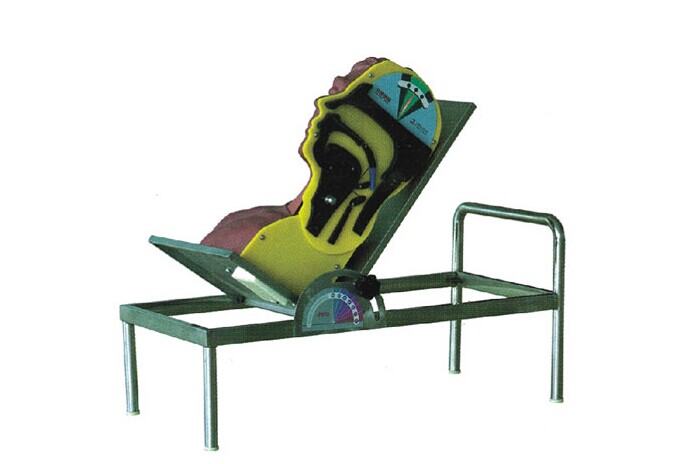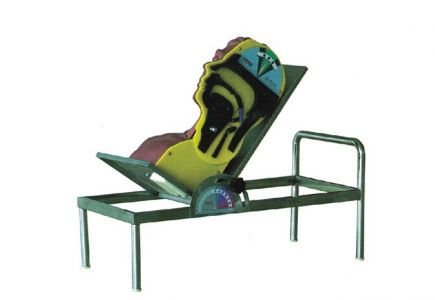The model of swallowing mechanism is a complex and delicate physiological process, which involves the synergistic action of mouth, pharynx, larynx and esophagus. Under normal circumstances, when swallowing, the tongue moves upward to push the food mass to the pharynx. Stimulation of the pharyngeal receptors triggers a series of muscle movements, including uvula lifting to close the nasopharyngeal access, epiglotic cartilage retrofitting to cover the entrance to the larynx, and contractions of the levator and constrictor muscles of the pharynx, which work together to push the food mass into the esophagus. In this process, the precise coordination of air flow, air pressure and muscle contraction is crucial.

For different patient groups, the adaptability of the swallowing mechanism model showed significant differences. For example, in the elderly, swallowing disorders are often associated with a gradual decline in neuromuscular function. Dysphagia in the elderly not only affects the quality of life, but also may cause serious complications such as asphyxia and aspiration pneumonia. For this group, the adaptation of swallowing mechanism model needs to pay special attention to the recovery and training of neuromuscular function, as well as the improvement of swallowing function by adjusting eating habits and adopting auxiliary swallowing tools.
In addition, for patients with neurological diseases such as stroke and Parkinson's disease, swallowing disorders are also common complications. The swallowing mechanism model in these patients is often affected by neuropathy, resulting in dysfunction of muscle coordination. Therefore, in the process of treatment, in addition to the treatment for the primary disease, it is also necessary to combine swallowing rehabilitation training, promote the recovery of neuromuscular function through electrical stimulation, biofeedback and other methods, and improve the adaptability of swallowing mechanism.
In conclusion, the adaptation of swallowing mechanism models to different patient populations is a complex and important topic. According to the characteristics of different patient groups, it is necessary to develop personalized treatment plans, and comprehensively use drug therapy, rehabilitation training, auxiliary tools and other means to improve the adaptability of swallowing mechanism and improve the quality of life of patients. At the same time, the research in related fields should be strengthened to further reveal the physiological and pathological mechanism of swallowing mechanism, and provide a more scientific and effective basis for clinical diagnosis and treatment.

